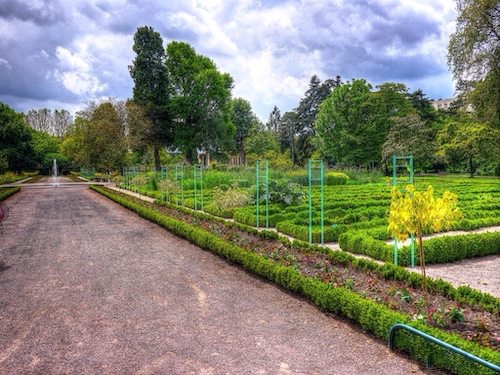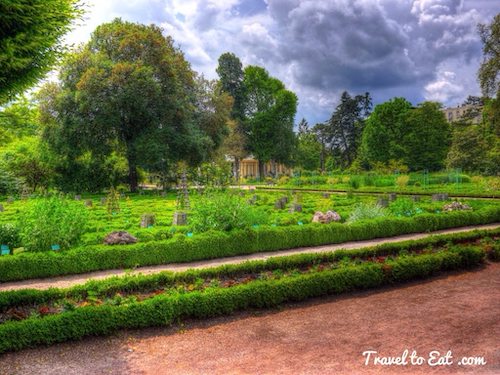
We decided to take a trip to from Paris to Dijon in Burgundy. Unfortunately, we went on a Tuesday, the day most of the museums are closed. Don’t make the same mistake. Nonetheless we managed to have a lovely summer day, visiting the local cathedral and the Jardin de L’Arquebuse, a lovely botanical park in the heart of Dijon. This is actually a famous botanical garden with 4,000 plant species with an emphasis on the flora of Bourgogne. Its collections include a systematic collection (3,352 taxa), regional flora of Bourgogne (1,423 taxa), French native plants (789 species), and 1,140 species from the rest of the world, with specimens of ornamental plants, food plants, succulents, carnivorous plants, subtropical plants, and Mediterranean plants. It also contains an arboretum, a herbarium containing about 100,000 specimens, greenhouses, and a school of botany, as well as an extensive collection of Anatidae (wild ducks, geese, and swans). A regiment of harquebusiers (musketeers) took up residence here in 1543. In the 18th century, the regiment’s last captain, Marc-Antoine Chartraire de Montigny, had the gardens and buildings restored and embellished at his own expense, the buildings being converted into quarters for military markers. During the French Revolution, the playgrounds and buildings became national property which in turn was granted by the State free of charge to the Municipality in 1808.
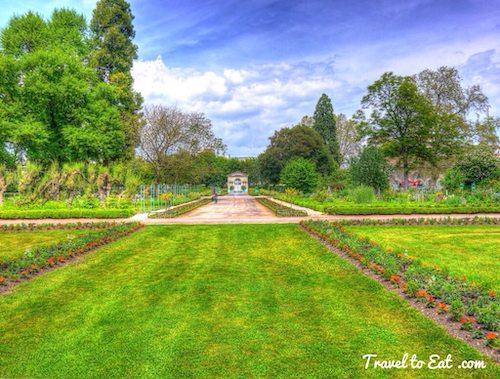
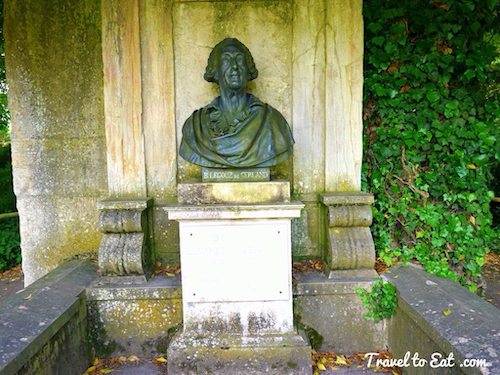
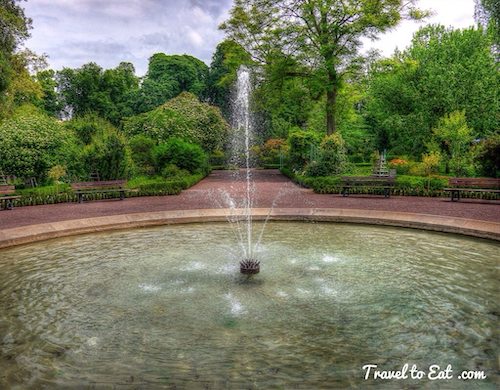
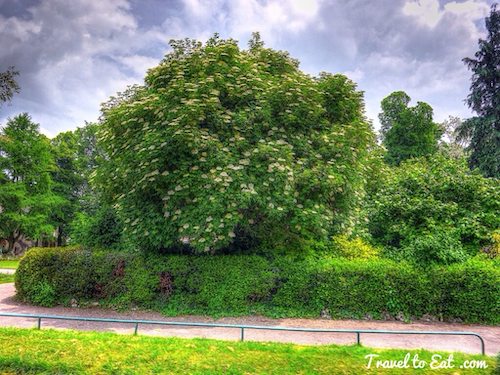
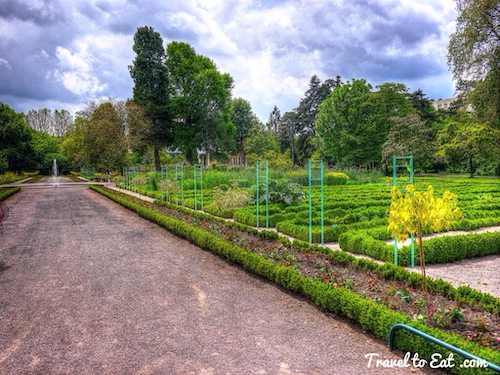
A few years later, in 1833, the botanical garden, founded by the scientist Bénigne Legouz de Gerland, was transferred to the vast adjoining grounds. This is the most spectacular part of the Arquebuse, laid out in the great tradition of botanical gardens and consisting of four large squares divided into 70 beds fringed by box hedges. Some 3500 indigenous species of indigenous and exotic plants are cultivated here. A special section is devoted to medicinal plants. Each year the Garden publishes the Index Seminum, a catalogue written in Latin listing almost 2500 plant varieties, and dispatches seeds to 600 or so botanical or agronomic research gardens and institutes scattered throughout the world.
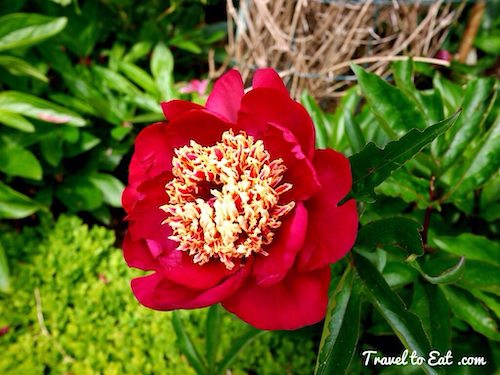
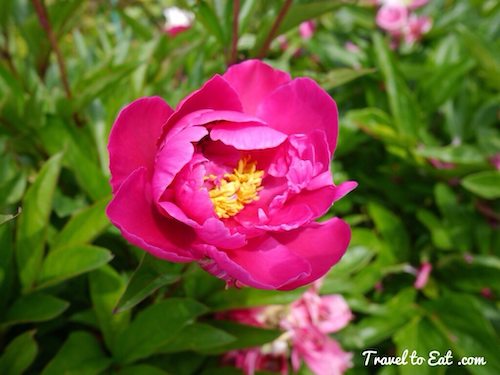
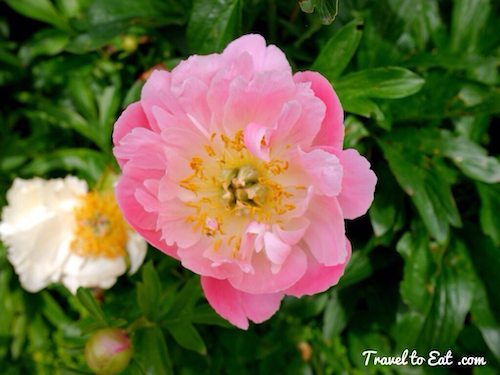
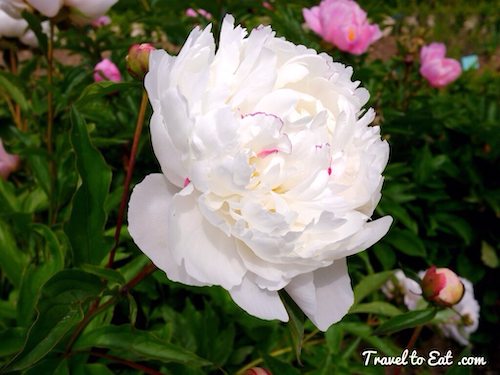
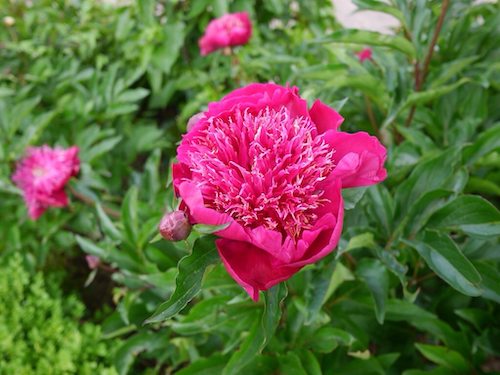
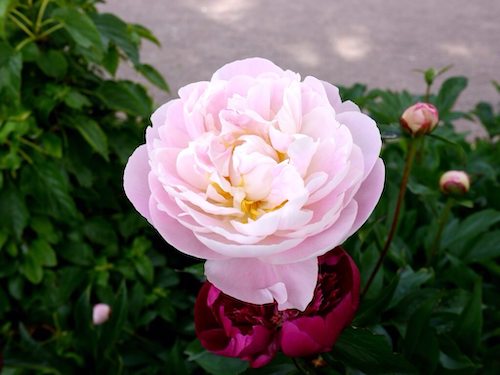
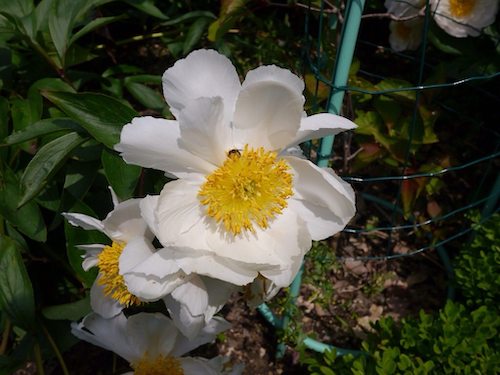
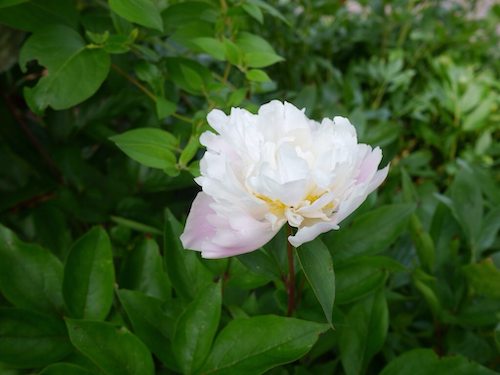
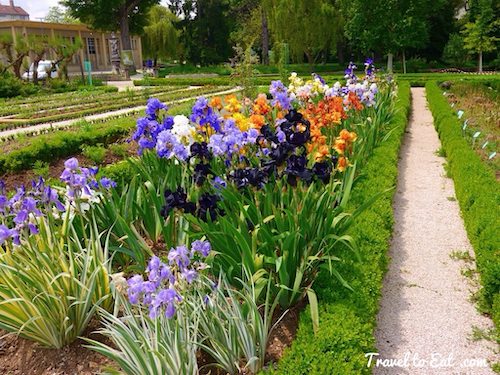
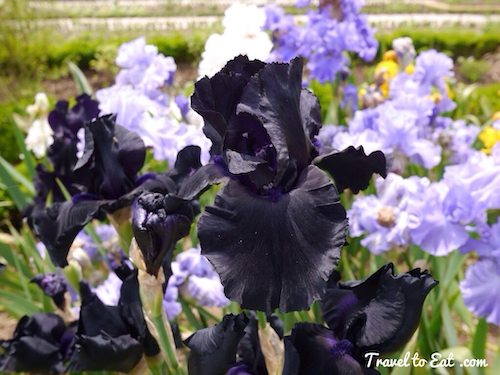
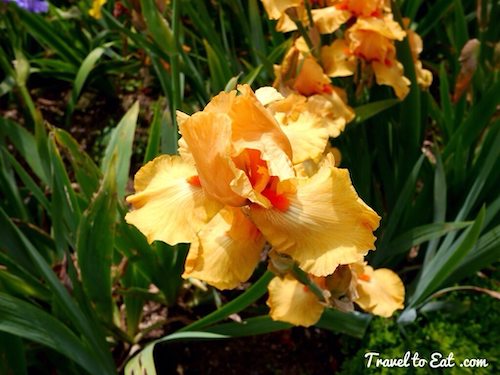
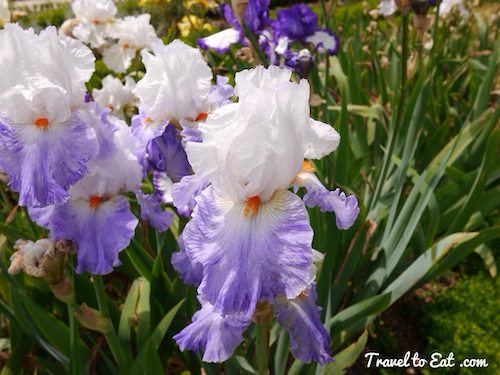
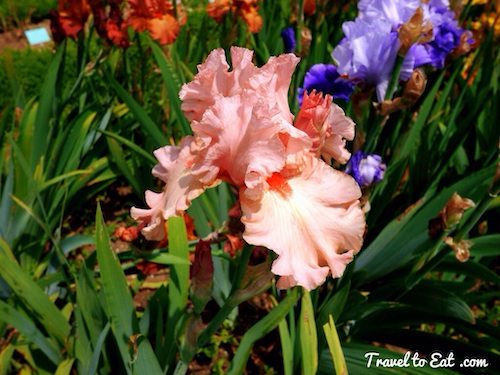
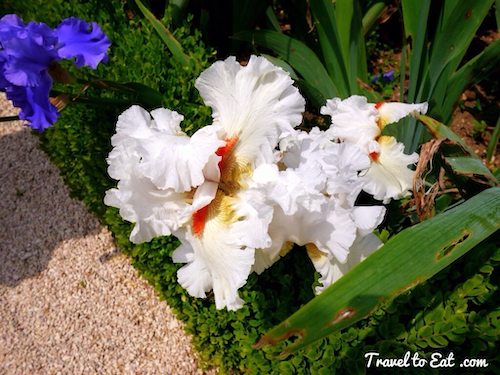
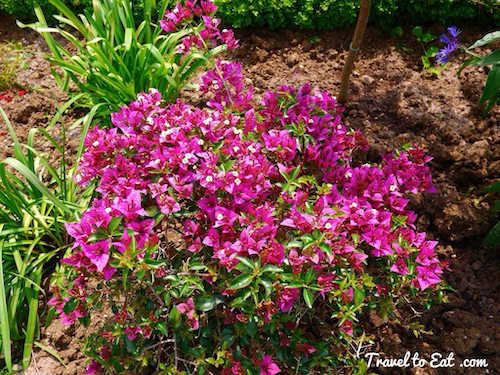
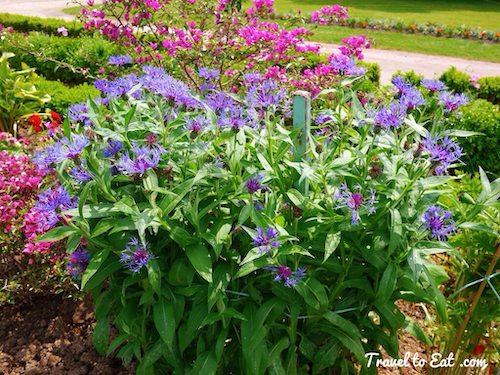

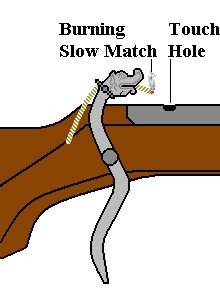
In the early 16th century, the term “arquebus” had a confusing variety of meanings. Some writers used it to denote any matchlock shoulder gun, referring to light versions as caliver and heavier pieces fired from a fork rest as musket. Others treated the arquebus and caliver synonymously, both referring to the lighter, forkless shoulder-fired matchlock. As the 16th century progressed, the term arquebus came to be clearly reserved for the lighter forkless weapon. When the wheel lock was introduced, wheel-lock shoulder arms came to be called arquebuses, while lighter, forkless matchlock and flintlock shoulder weapons continued to be called calivers. In the mid-17th century, the light flintlock versions came to be called fusils or fuzees. We actually had a lovely time in Dijon and if you decide to visit, take the opportunity to visit the Jardin de L’Arquebuse.
References:
Arquebuse: http://www.oocities.org/yosemite/campground/8551/arquebus.html
Garden Website: http://www.dijon.fr/les-parcs-et-jardins!0-55/les-jardins-de-dijon!1-86/jardin-de-l-arquebuse!2-92/

